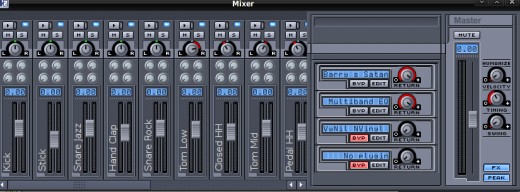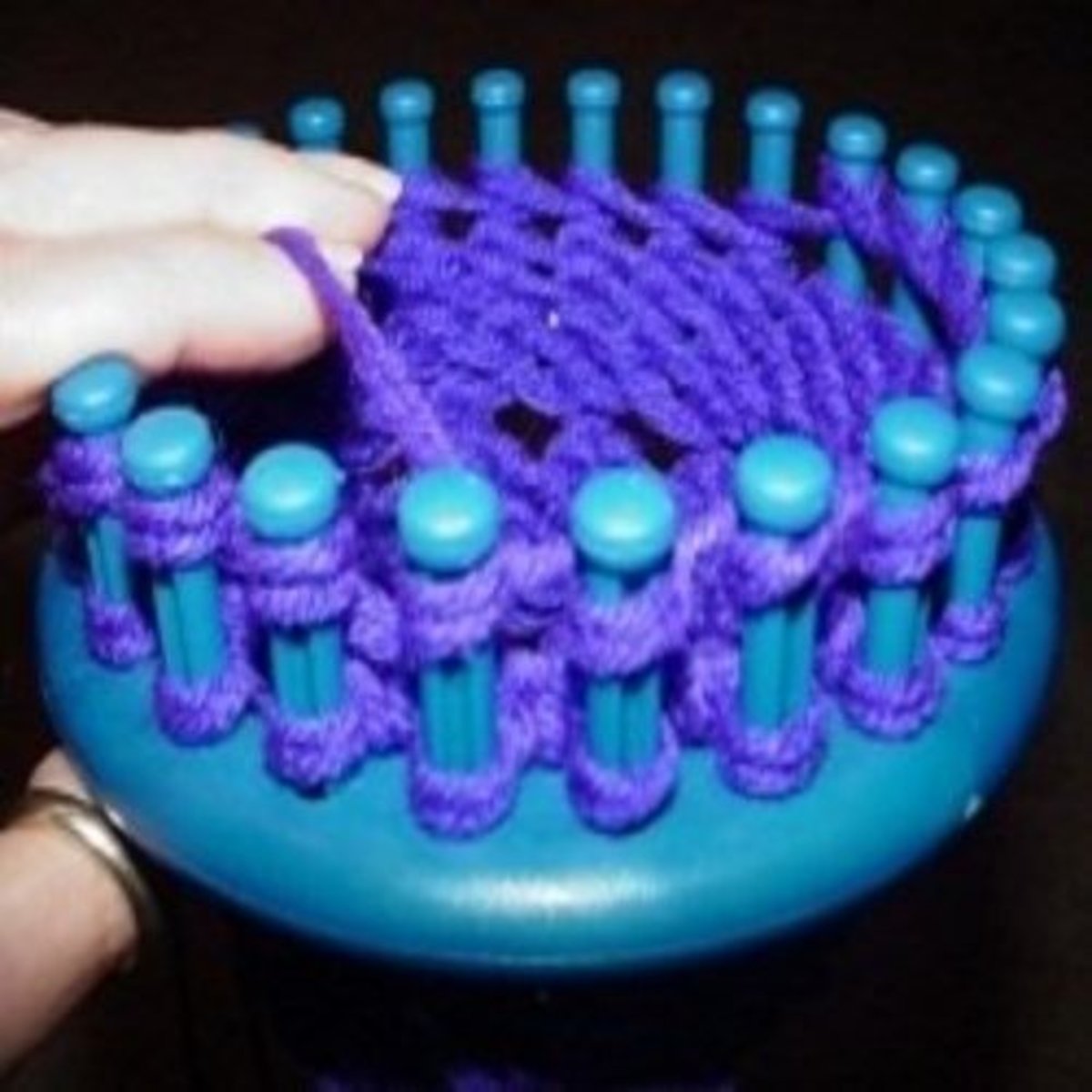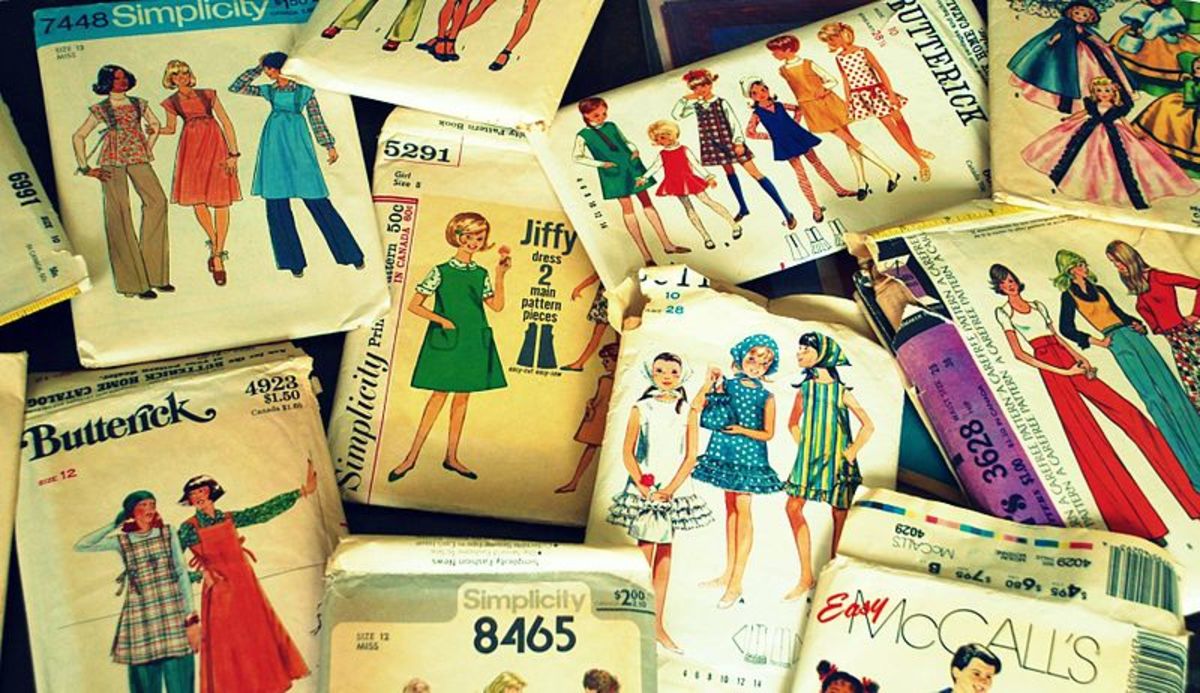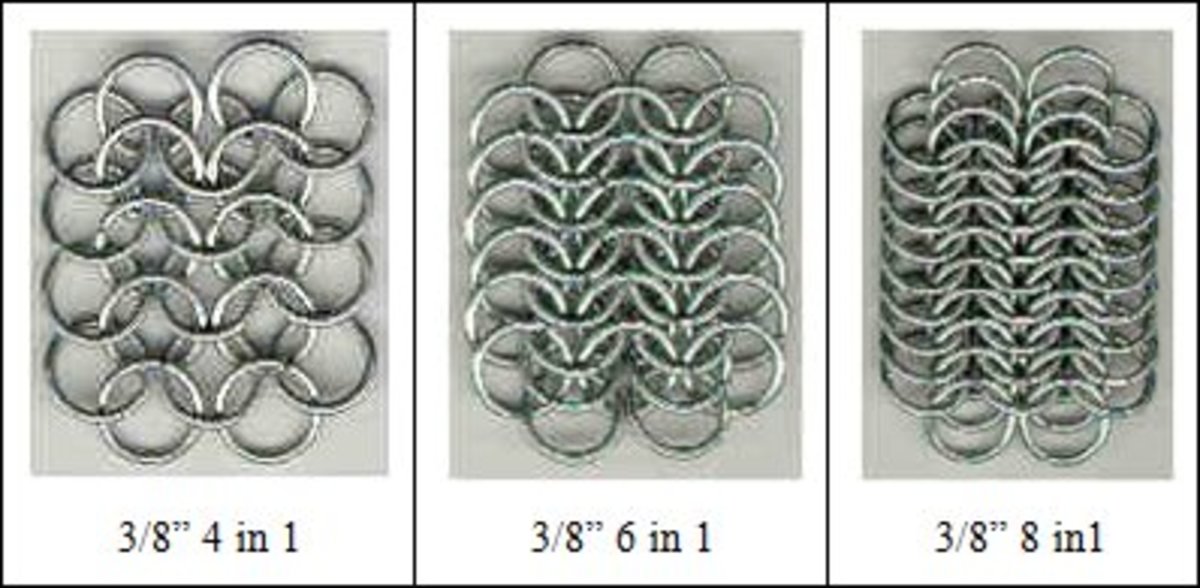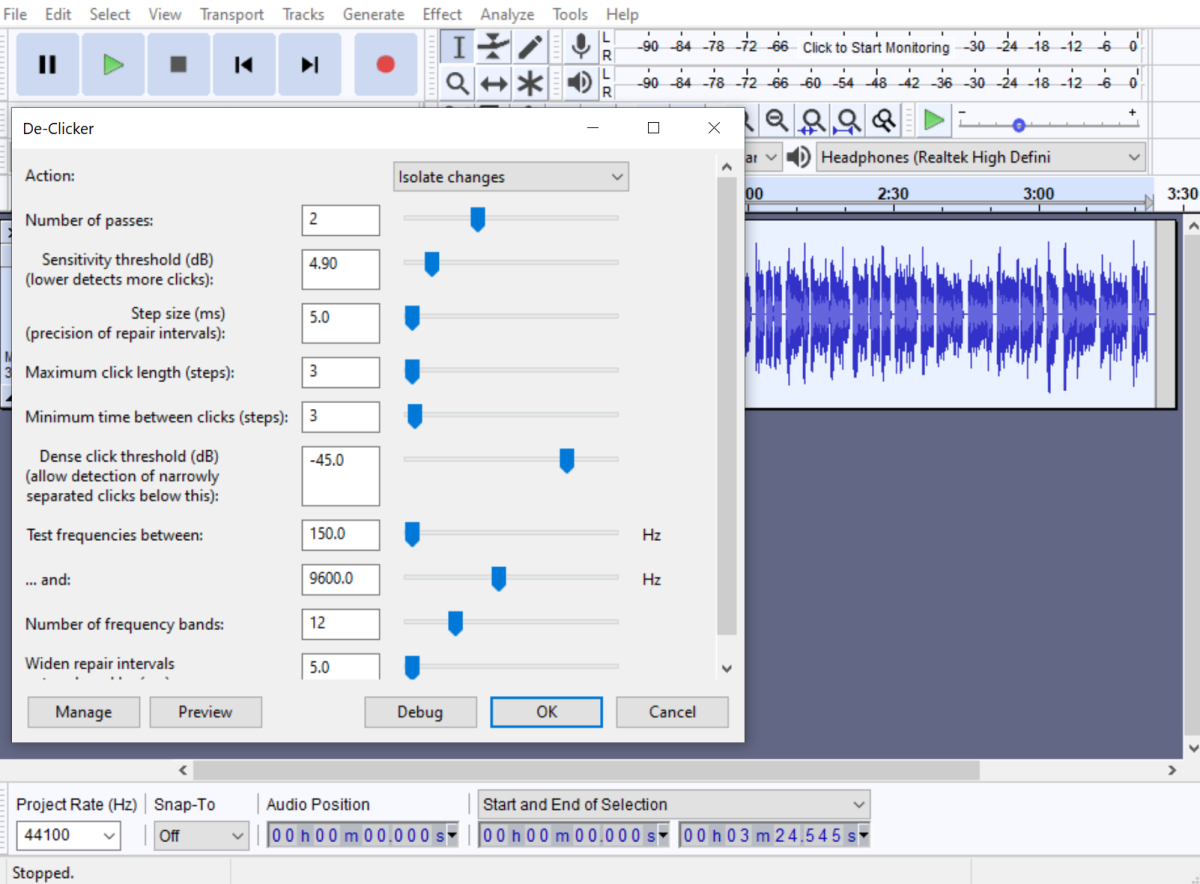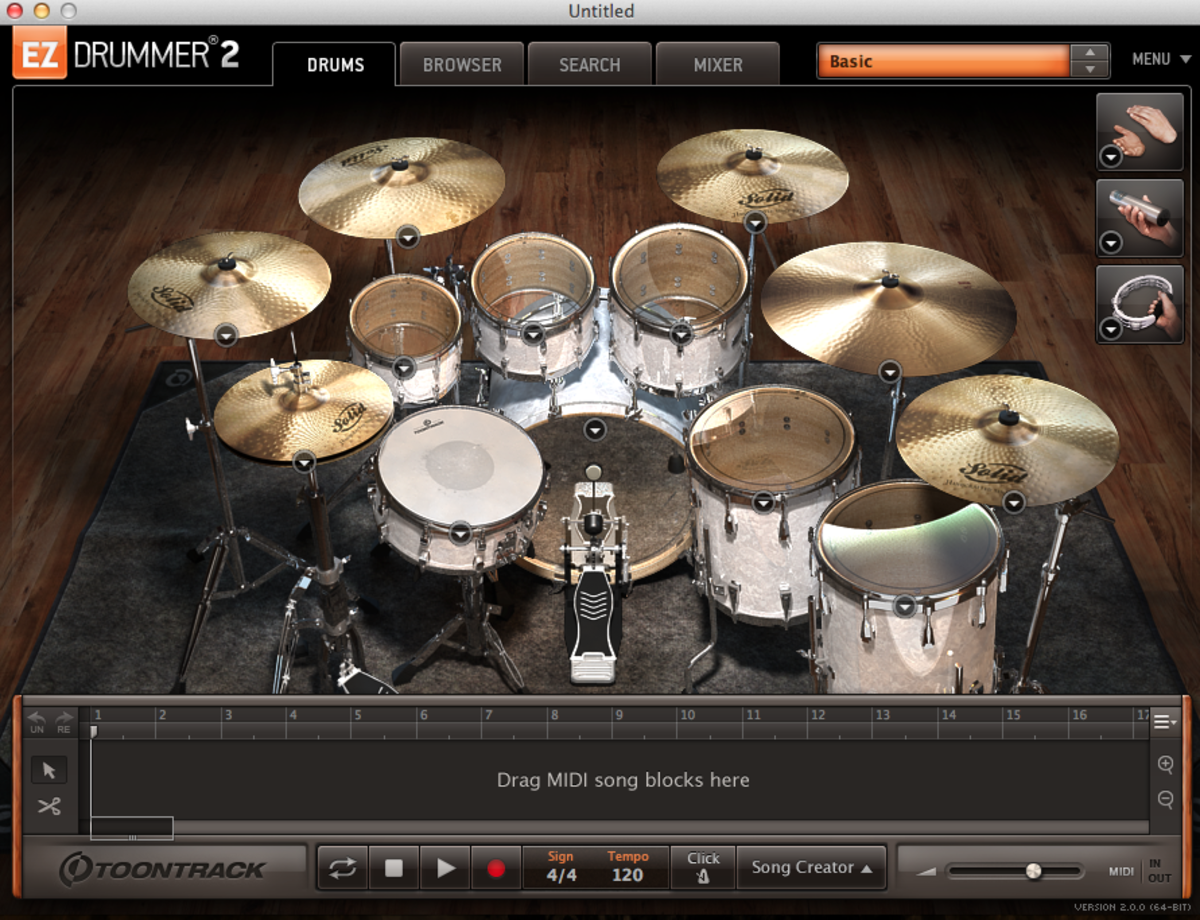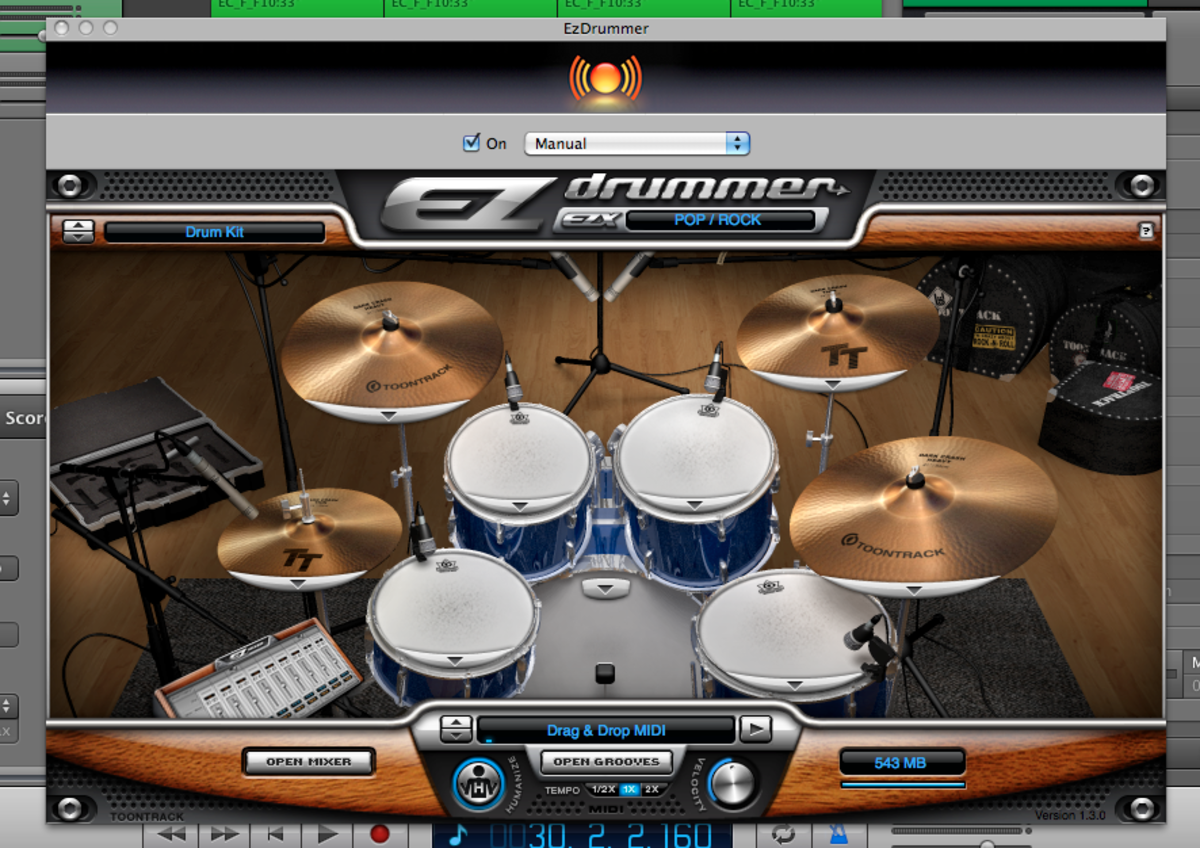Create Beats With Hydrogen Drum Machine
Hydrogen Drum Machine
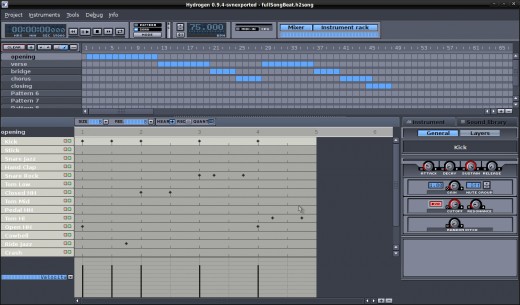
Hydrogen Works in Windows Now!
Good news is that it ships with many distributions like 64studio and Medibuntu. That means the live cd will run it, and you won't have to go through installing a new operating system just to try some software you may or may not like. I already have a good Gnu-Linux system installed and therefore don't need the live cd. In this hub, I will walk you through the use of this great musician/DJ/sound recorder program. As of this editing, there is a .exe (executable) for Windows family of operating systems.
Hydrogen is customizable, user-friendly, and if you know c++ you can make it do whatever you want. It's published under the Gnu-GPL, which means you may reprogram it and redistribute it to all of your friends! I'm not going that far with this thing though. I'll just cover the basics.
The Drumkits
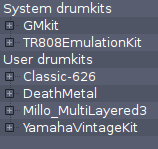
select a drumkit
You can select a drumkit from a list. You can edit it, move drums from one kit to another. I personally like the Yamaha bass drum for rock beats, but the DeathMetal for faster moving beats. It is crisper and the beats don't bleed into one another.
Hydrogen has it's own section in the open source download website http://sourceforge.net. Just search for "Hydrogen" and select all files. A list of drumkits will pop up. Most of them are named descriptively such as "DeathMetal" and "classic-626." it's easy enough to figure which ones you like. You simply download the files to the desktop or wherever you want, and then select "instrument" from the top menu. Then select "import library" and you can browse to the place where you saved the drumkit files. It's that easy.
You can add instruments and customize each kit the same way. You simply select "add instrument" from the top instrument menu, then it wil appear in the lower right as shown in the photo at the top of this hub. Then you select "layers" from that widget, and find the individual sound file you want from the other drumkits.
In fact the instruments you add don't even have to be drums or cymbals. the can be keyboard sounds, (it supports MIDI input,) prerecorded sounds like horns, guitar chords, or babie's crying, whatever you want. I would suggest .wav sound files, or .flac. MP3s or ogg vorbis files may not be high enough quality for what project you are working on.
Start Creating
Now we're ready to rumble (literally if your speakers are loud enough.) First you need patterns. On the upper left of the main view is the list of patterns. You select one, rename it to whatever you want, and while it is selected, a view of that patter will show on the bottom left in the main view. You select the res. (resolution) and the size above the map of the pattern. You then start clicking on the map at places you think a drum or cymbol should be struck. You can listen to the pattern by hitting the space bar, just like the pros do. Pause it the same way.
Once you have enough of a pattern there, you can select another pattern from the top, and so on. After your satisfied that you have enough patterns, there's a button at the top that says "mode." Above that is "pattern" and "song" indicators. You toggle between listening to patterns and songs here. Below is a screenshot of my configuration of a song, or pattern of patterns. This map is easy to change and edit. You just click on the collum you want in the row of the pattern you want and it will be there at that place in time. Click it again and it toggles off.
Next to the mode toggle is the time. Just click it, and enter how many beats per minute you want. Next to that is the MIDI in indicator and a nifty little CPU meter. It tells you if your draining too much system. Hydrogen uses less power and RAM than most browsers. Don't worry about it. The last thing on the upper toolbar is the instrument rack and mixer (my favorite.) The instrument rack displays at the bottom left like I went over. The default view is "on."
The Mixer will popup in a separate window. This is very handy for obvious reasons. You can add effects, raise and lower each instrument's level, conrtol the peak, humanize, and so on. Hydrogen bieng a Linux program uses LADSPA plugins. they are a library of around 300 effects to add to the sound. I rely heavily on the graphic E.Q., and "Barry's Satan Maximizer."
The last thing to do is bounce it up on outa here! In the project menu, save, import, and export are found. If you export it as a .wav you can be sure of it's compatibility with other software like Protools, Ardour, Sonic Foundry. The h2song format will NOT play in your ipod, pc, car stereo, any of those.
More Screenshots.

